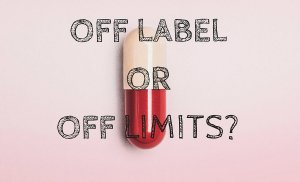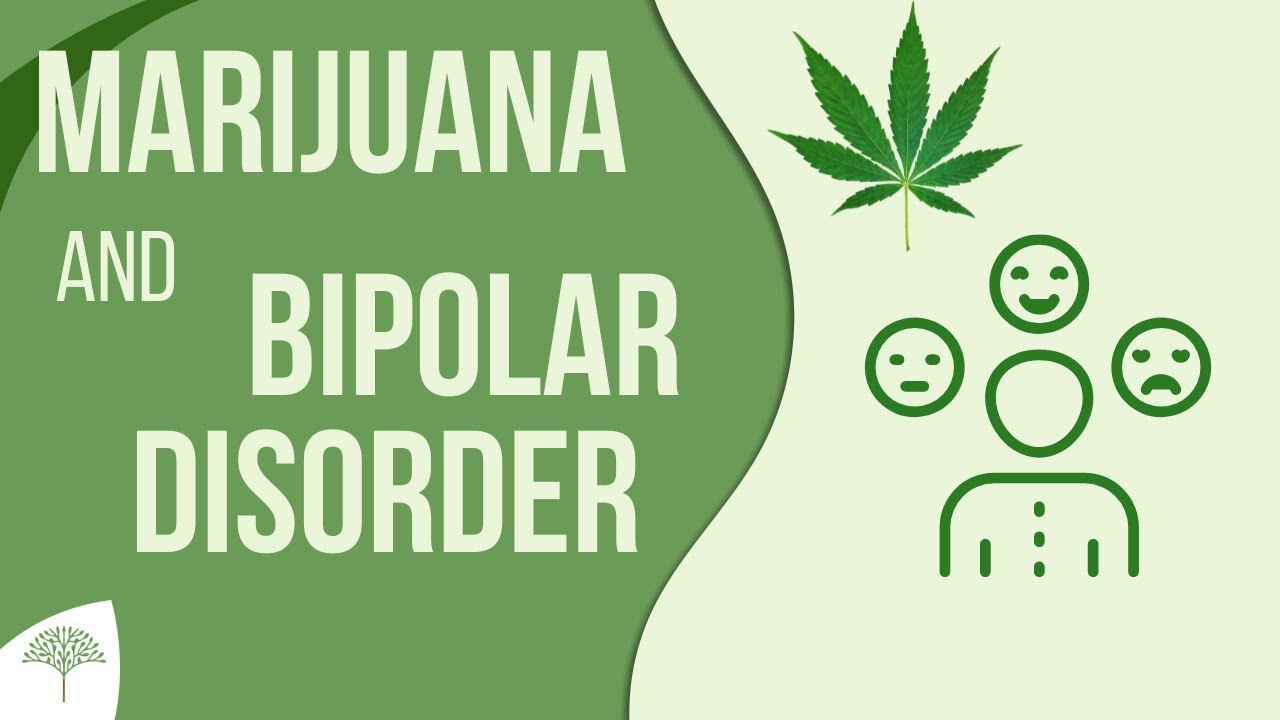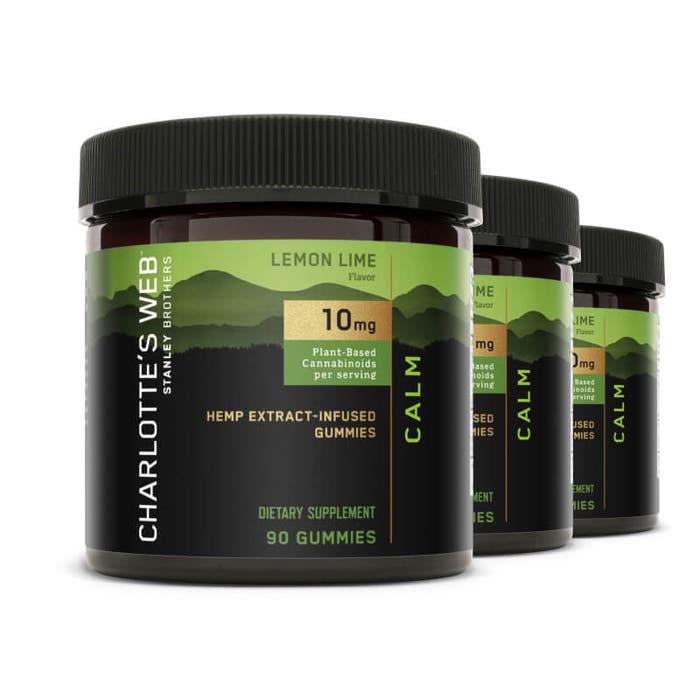
THC can produce subjective effects no matter what method is used. These effects will depend on the individual's biology and tolerance levels. This article will explain the cannabinoids (or compounds) found in marijuana. Each cannabinoid has a different affect on each individual. While we are all unique, these are the main factors that influence how THC affects us.
Cannabinoids
Phytocannabinoids, and combinations thereof, are promising candidates to treat chronic pain. These compounds are appealing candidates for human trials due to their low toxicity levels and high safety profile. We will be discussing the science behind the connection between cannabinoids, endocannabinoid and these compounds in this article. It also provides a brief overview of the endocannabinoid system. This complex system will be better understood if we examine the role and metabolism of phytocannabinoids within the human body.

In animal models, the anti-tumor properties of cannabinoids were extensively studied. Positive results indicated a role for endocannabinoids in tumor growth. More research is required to replicate these positive outcomes in humans. Two clinical trials are currently being conducted to evaluate cannabinoids' anti-tumor properties. One safety trial compares temozolomide with nabiximols. The second study is pure CBD as a single agent treatment for solid tumors. Nevertheless, these limitations make it impossible to draw conclusive conclusions about cannabis’ anti-tumor effect.
Another study looked at the chemistry and bioactivity of cannabinoids in various matrices. In-tube solid-phase microextraction was used by the researchers to detect cannabinoids within different forms of plants. The two analytical methods could not detect THC. However, the researchers concluded that the results were comparable and reflected both the analytical methods.
THC and Cannabinoids have a close relationship.
Cannabinoids refer to chemicals found in cannabis plants. They can be used for recreational, medical, and synthetic purposes. There are about 80 cannabinoids found in nature and at most 300 non-cannabinoid compounds. Delta-9-tetrahydrocannabinol (THC) is the most widely known cannabinoid. Both have different pharmacological properties and interact with particular receptors in central nervous system. They are often found in dried cannabis plants and can be found in joints or bongs.
Another widely used cannabinoid is CBD. While not directly synthesized by cannabis, CBD influences the effects of THC. CBD has been shown to have anticonvulsant properties, as well anti-inflammatory and antibiotic properties. CBD, which is closely related to THC, is not yet fully understood. It is important to research its effects. It is still possible to find out more about cannabinoids.

Anandamide, another cannabinoid, can interact with other cannabinoid-receptors. They can inhibit the production of neoplasia, inflammation, and have been shown to be effective in treating nausea and vomiting. Further, they have the potential to be used as antidepressants, anticonvulsants, and antispasmodics.
FAQ
What CBD products sell the most?
CBD products are popping up everywhere. CBD products are popular for their ability to relieve pain and anxiety. The market is vast and growing rapidly.
But what do people buy CBD for? And how does this affect you as a brand owner?
Statista states that CBD products are bought for their relaxing effects. They are also being purchased for their anti-inflammatory properties.
This means that your product can be sold for medicinal or recreational purposes if it contains CBD and THC.
But what about brands that only focus on one specific purpose? One example is CBD for stress relief.
In addition, if a brand focuses on CBD for medical purposes, then it will have a large customer base.
But, if a brand is looking to target recreational users they will need to develop a unique selling position (USP). A USP is essentially a benefit or feature that distinguishes a brand from its competitors.
For example, certain brands offer free shipping. Others offer discounts for bulk orders.
What conditions can be treated with CBD?
Any treatment must have an impact on the patient's condition. A doctor must give a prescription for cannabis oil to be used in medicine. If you don't have a doctor's prescription, it is illegal to use cannabis products.
If you are taking cannabis oil as part of a healthy lifestyle, then there is no need to worry about getting a prescription. However, you may want to talk to your doctor first just to make sure they agree that it would be safe for you to take it.
You can make cannabis oils from whole plant extracts, or isolated compounds called Cannabinoids (THC or CBN). They are rich in cannabinoids (CBD), tetrahydrocannabinol(THC) and cannabinols (CBN).
These components interact to receptors throughout your body to create effects like pain relief, stress decrease, and anti-inflammatory as well as antioxidant properties.
What amount of CBD do I require?
Dosing depends on what type of product you're buying.
The majority of CBD oils are available in strengths between 100mg and 1,000mg per bottle.
Some CBD products come in specific doses such as 25mg 50mg and 75mg.
Charlotte's Web produces CBD products with high levels of CBD and other substances.
Begin with a low dose if you're not sure whether CBD will work.
You can always go up later.
Statistics
- A recent systematic review of human trials also reported that individuals with epilepsy receiving CBD (5–20 mg·kg−1·day−1) were more likely to experience decreased appetite than those receiving placebo (i.e., ~20 vs. 5% of patients) (ncbi.nlm.nih.gov)
- The inhibition of FAAH is predicted to lead to an increase in brain and plasma concentrations of AEA, which acts as a partial agonist at CB1R and CB2R, thereby increasing endocannabinoid tone [92, 110]. (ncbi.nlm.nih.gov)
- HR −16 mmHg; 95% CI −26, −6; I2 = 92%) (ncbi.nlm.nih.gov)
- The use of these products is likely to become even more widespread if the World Health Organization's recommendation that CBD no longer is scheduled in the international drug control conventions is adopted by the United Nations member states [201]. (ncbi.nlm.nih.gov)
- however, one study also found that these effects were virtually abolished when the original media (a nutrient broth agar) was replaced with one containing 5% blood (increasing the minimum concentration to ~160 μM CBD) [179]. (ncbi.nlm.nih.gov)
External Links
How To
How to Get Certified To Sell CBD Products
One of many cannabinoids found within cannabis plants is CBD (cannabidiol). It has been used medicinally for centuries, even in South American countries like India, China, and China. In recent years, however, its popularity has skyrocketed due to its ability to treat conditions like anxiety, pain, epilepsy, and inflammation. The U.S. does not have an official certification program yet for CBD products. Therefore, anyone wanting to make a living selling CBD products must rely on their "unofficial" self-certification.
You have two options. The first is to join a local association of canna-business owners. This allows you to network with other owners and get advice and support. There are many associations in the country. Second, you can go online. Many states allow canna businesses to operate online. You can create your own website and start taking orders immediately if you are allowed to do so. But, you still need to register with your state's Department of Public Health. Once you've registered, you'll be able to apply for a license through your state's department of public health. Once you have received your license you are officially authorized to open your store, accept orders, and close it.